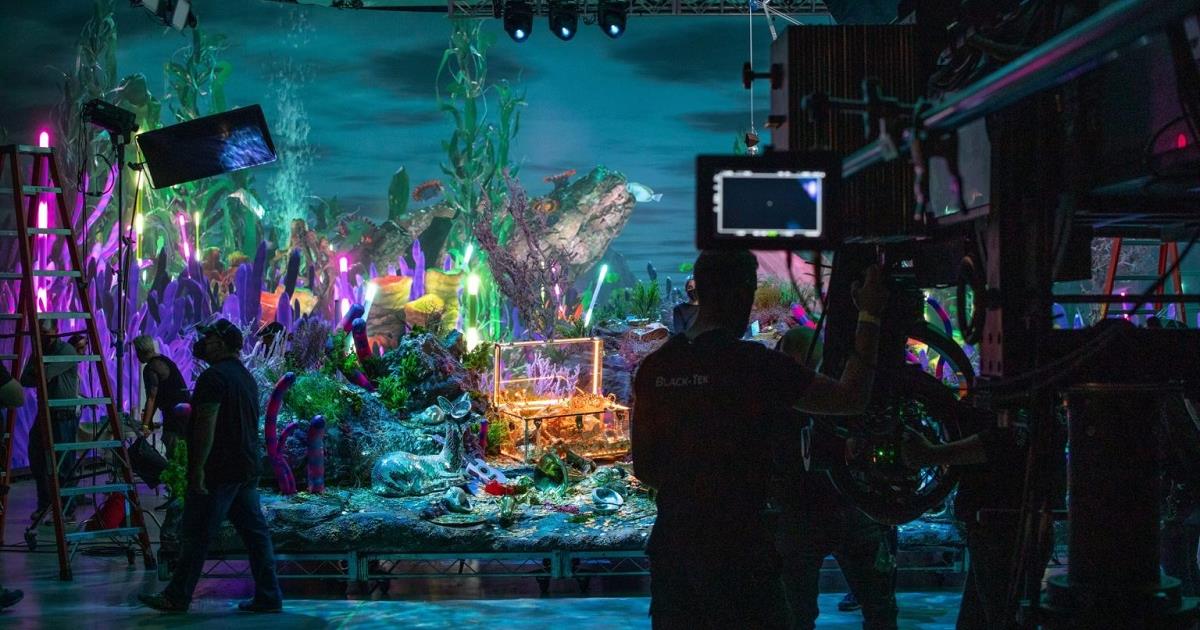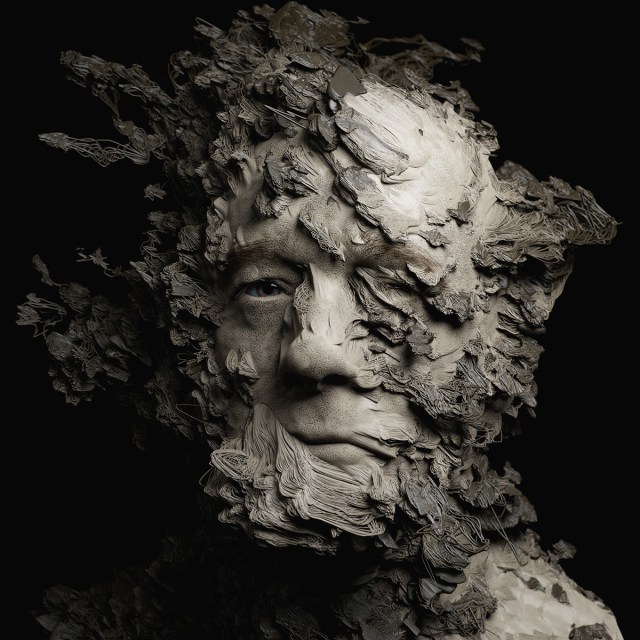
Cloud-based production pipelines from camera neg and editorial to VFX are driving the industry, with studio-funded thinktank MovieLabs putting a target of 2030 on its head. That was before the pandemic, when, out of necessity, years of planning turned into weeks of execution. Teams connected in the cloud, and production continued from home.
For many seasoned executives, that “Presto!” moment of revelation has lit a fire under cloud product development. The advantages — including the ability to keep working should an event of similar proportions to COVID-19 arrive — far outweigh previous disquiet about remote working weakening the quality and security of production.
There are challenges, though — not least the cost of working in the cloud as essayed by major cloud providers. It’s likely that, as more and more of the M&E industry dives into cloud, the weight of numbers will drive costs down.

Vendors are doing their bit too — but they have to take care of transitioning their own business to pure software billed as a service in the process.
Autodesk believes the shift to the cloud presents an excellent opportunity to do things differently, and to build a more resilient future. Its vision aligns with the 2030 view of production outlined by MovieLabs, and that means building on open standards such as USD (Universal Scene Description) for 3D data exchange, and OpenColorIO for color calibration and management.
In an article outlining its vision, the company says it has worked with studios like Pixar, Animal Logic, Luma Pictures and Blue Sky and the Academy Software Foundation to write the standards as well as integrating them into its products such as implementing support for USD in Maya and 3ds Max.
“USD enables artists to load and edit massive datasets at lightning speed, increasing pipeline efficiency and improving collaboration, so that teams can more easily handle the high-volume data workloads of 3D scenes,” Autodesk explains.
Third-party developers can use Forge, Autodesk’s cloud platform, to connect teams to projects. The company is also gearing up to port film and TV production to Forge as well.
“By centralizing on a single platform, we can bring to bear more research and development resources and expertise than would be possible when focusing on a single industry,” the firm says. “We are building out a new, open, and secure cloud-based environment for M&E production on Forge. We are investing in Maya, 3ds Max, Flame, and ShotGrid, keeping them competitive as we prepare for the transition [to the cloud].”
“By centralizing on a single platform, we can bring to bear more research and development resources and expertise than would be possible when focusing on a single industry. We are building out a new, open, and secure cloud-based environment for M&E production on Forge. We are investing in Maya, 3ds Max, Flame, and ShotGrid, keeping them competitive as we prepare for the transition to the cloud.”
— Autodesk
Autodesk also previewed what it calls a “Generative Scheduling” service to enable customers to run projects on Forge. This includes collaborative review capabilities, enabling teams to synchronously review and approve media wherever they are located.
Bitfrost is the company’s “low-footprint, low-code, visual programing environment” for creating simulations and effects. By bringing this technology to the Forge platform, Autodesk aims to provide greater performance and scalability and new types of services such as “simulation wedging,” as well as future, cloud-connected workflows with third-party tools like Unreal Engine, Unity, Blender and Houdini.
“We are also investing in AI assisted workflows for media and entertainment. We have recently added several such tools to Flame, helping artists automate complex compositing and retouching tasks on image sequences. Going forward we will seek to combine our powerful machine learning tools with the massive compute power and scalability of the cloud. This will allow artists to automate repetitive tasks, work faster and focus on the artistry of their craft.”
Finally and perhaps not least, Autodesk announced a tie-up with Epic Games to build more robust workflows between its software products and Unreal Engine. This includes live-linking between Autodesk content creation tools, as well as ShotGrid integrations to streamline production management between virtual production and VFX.

